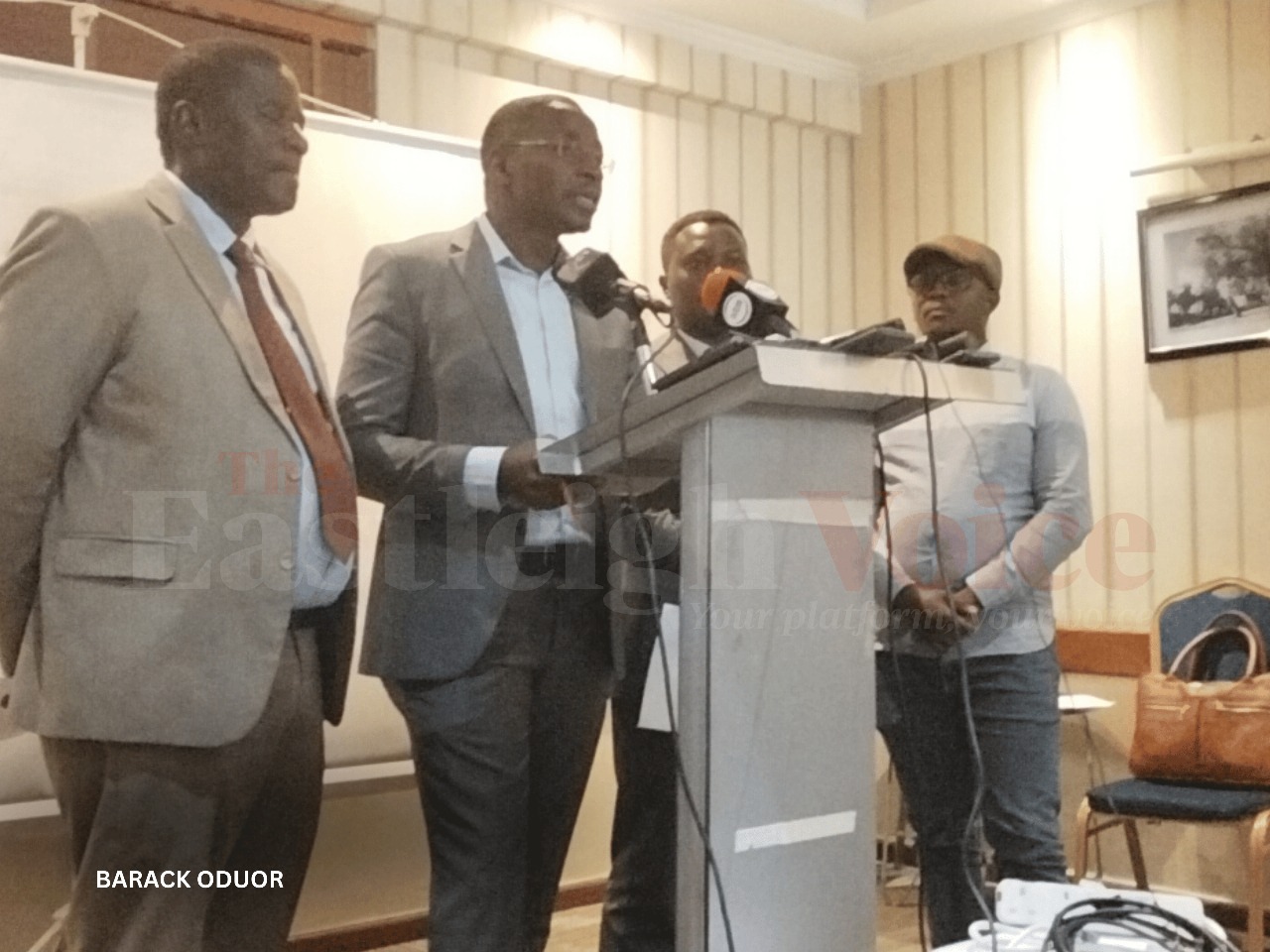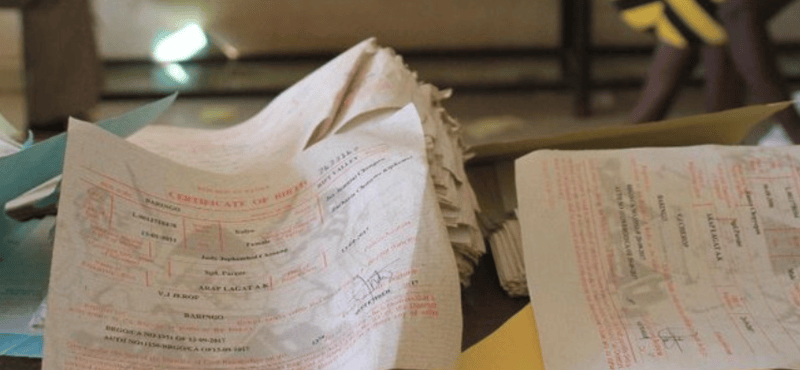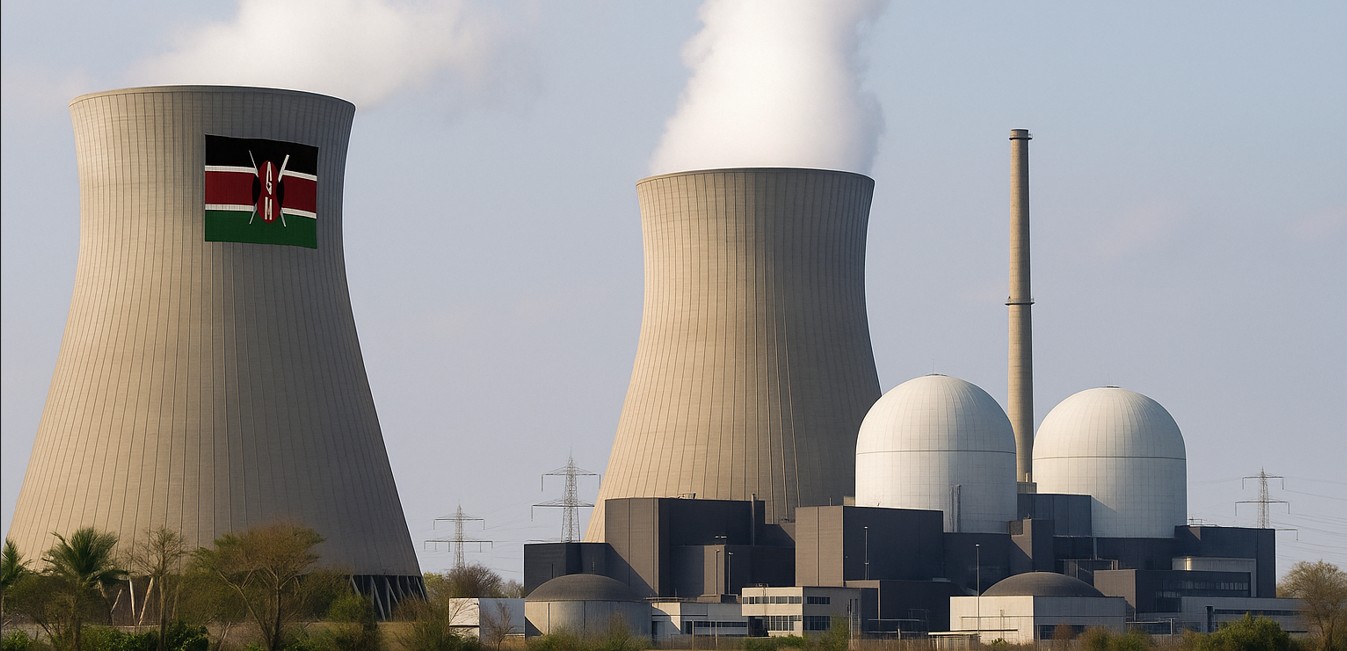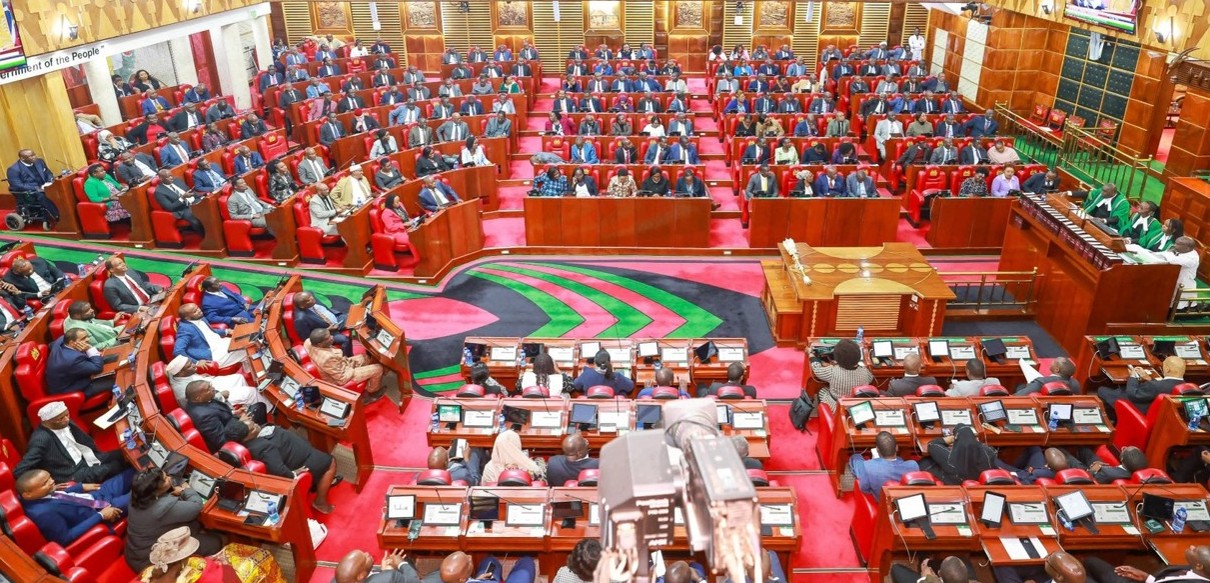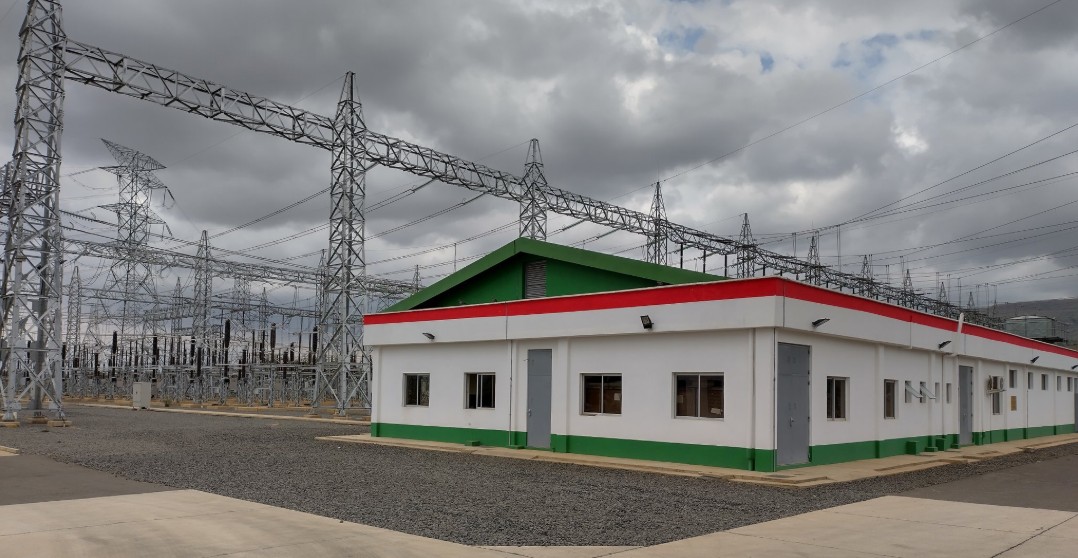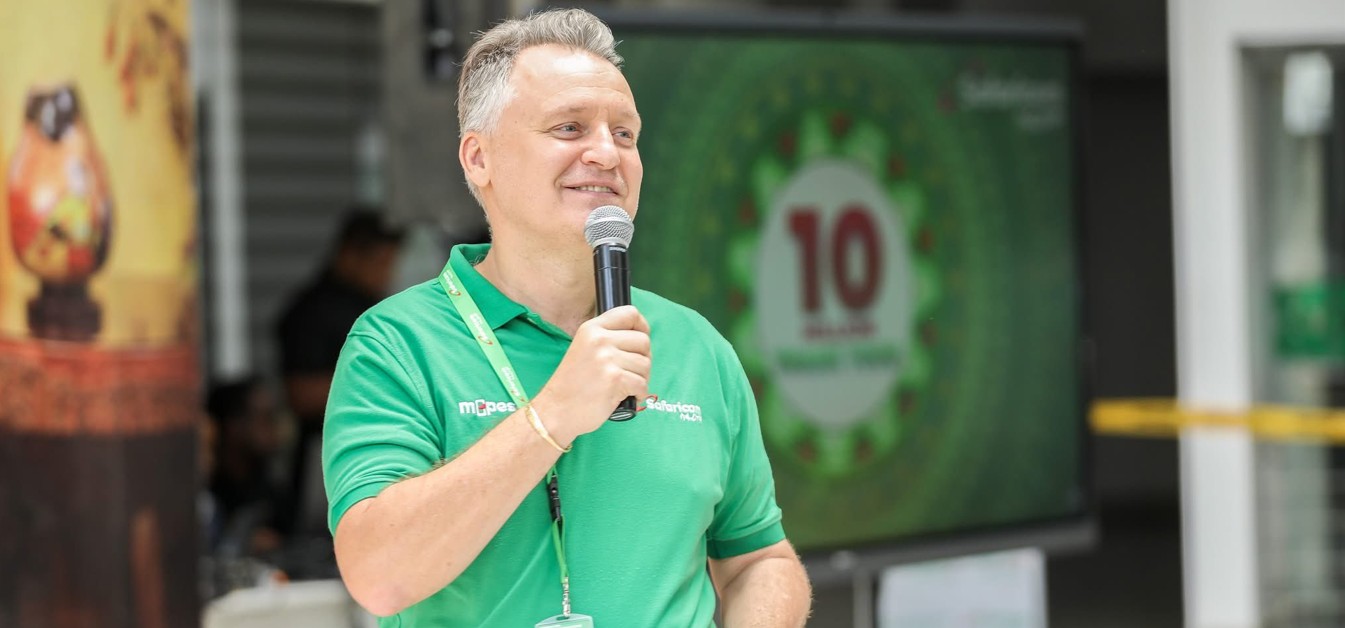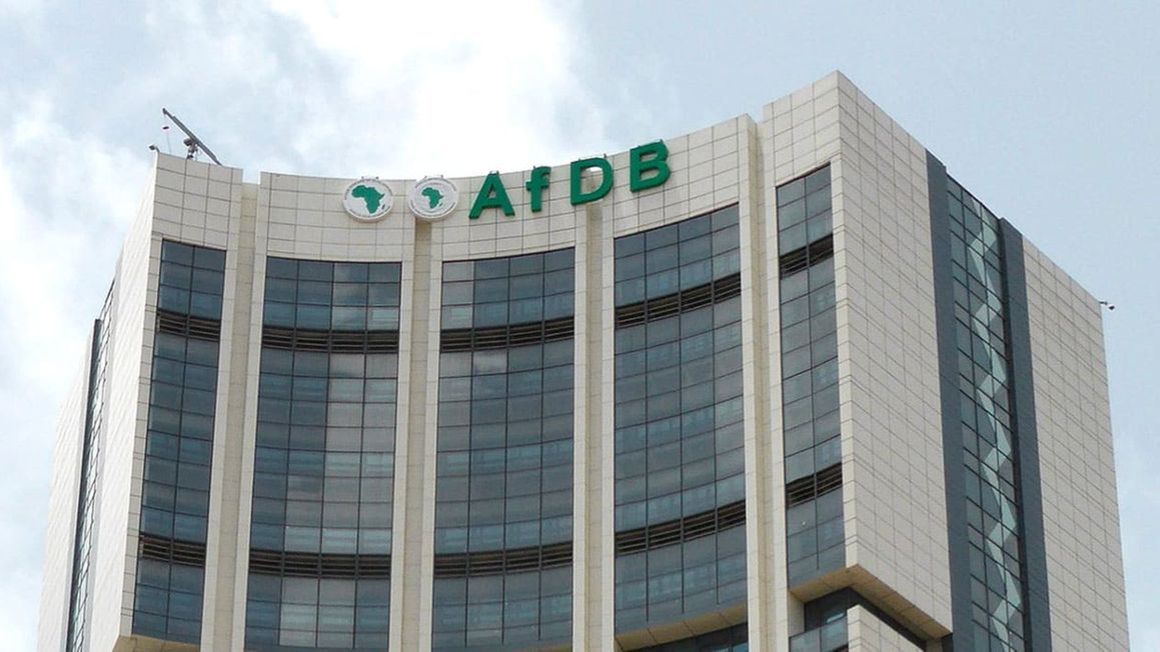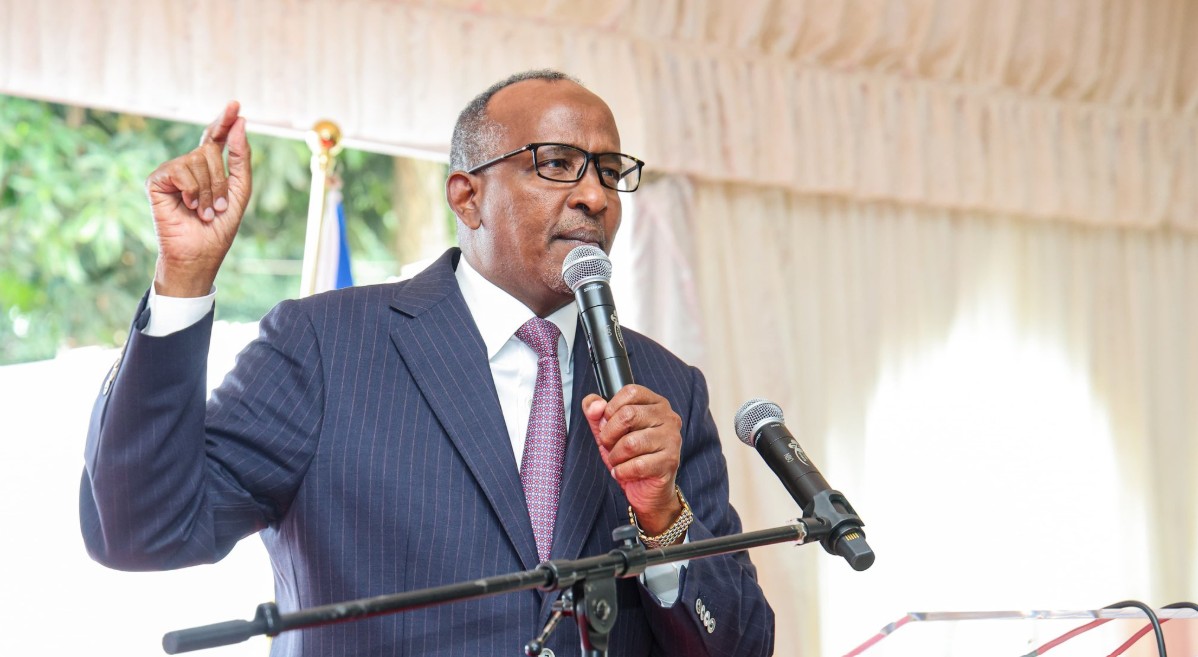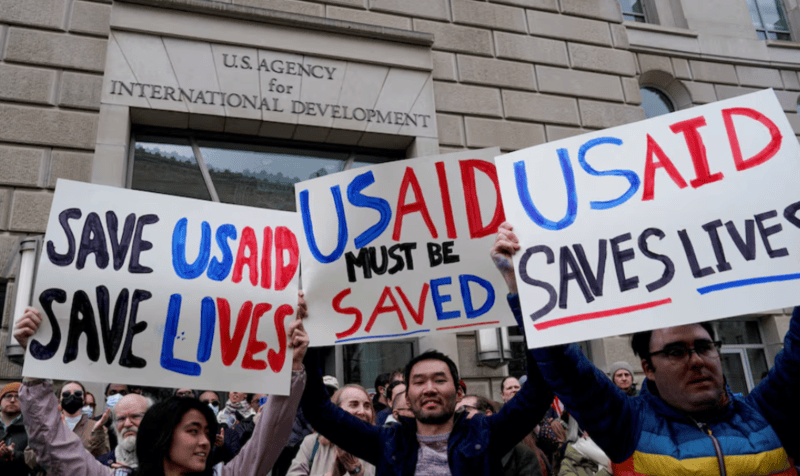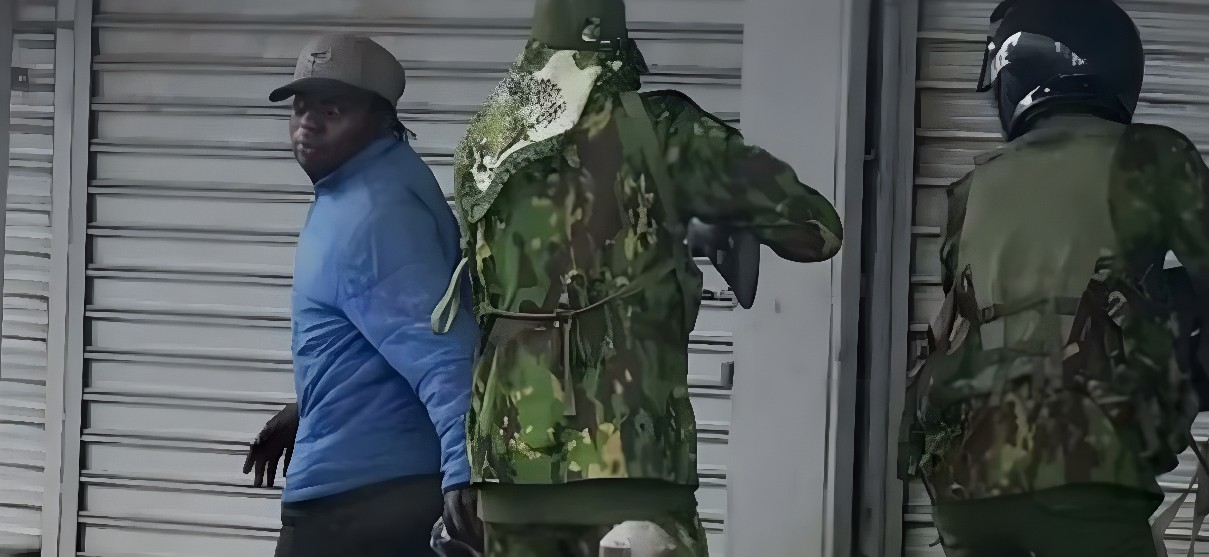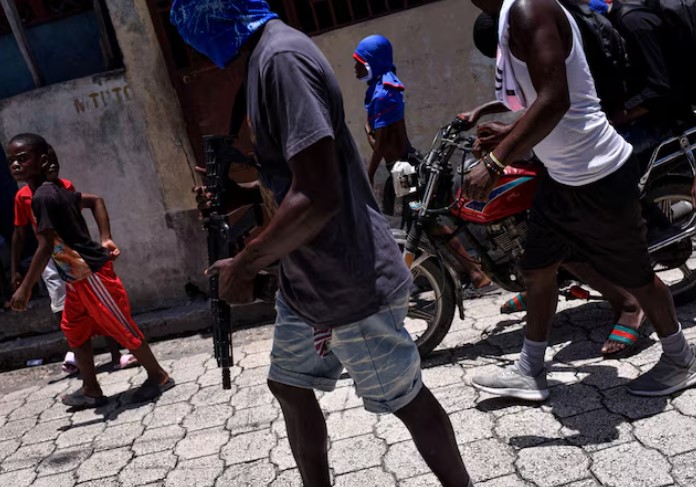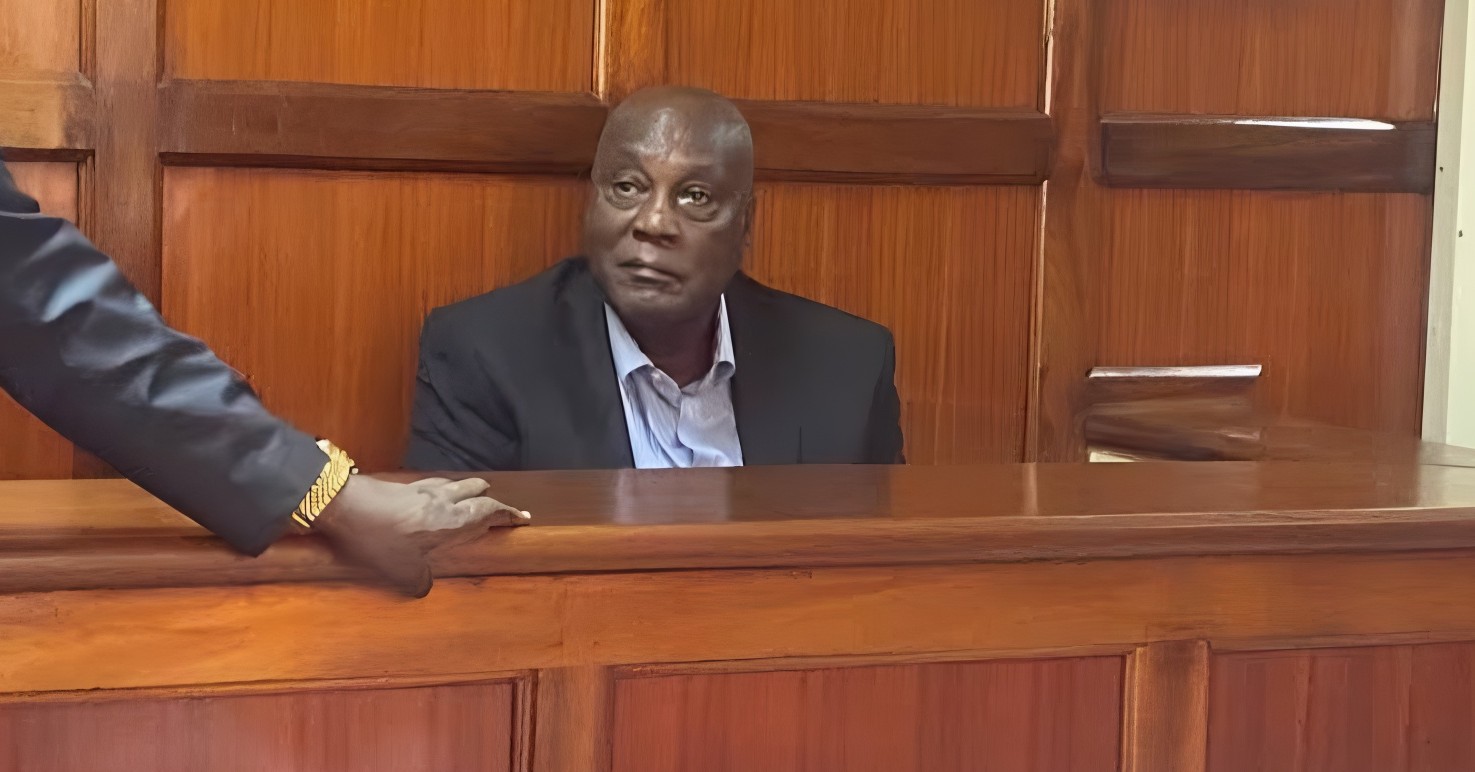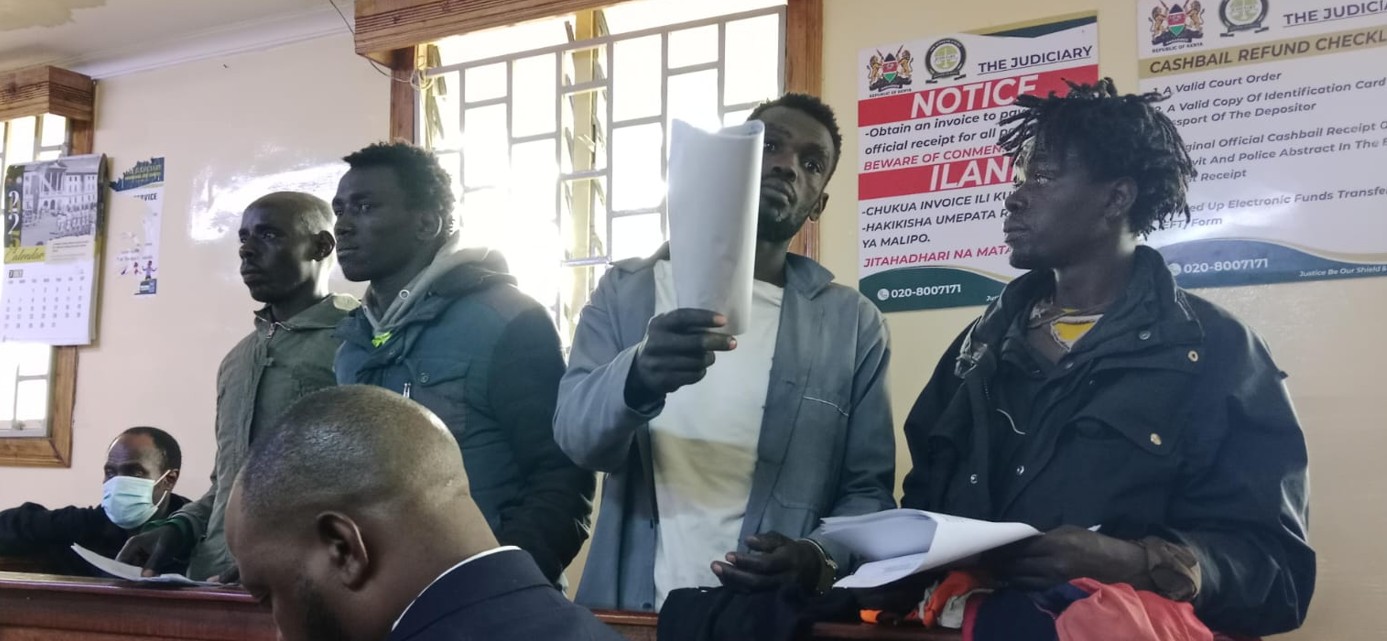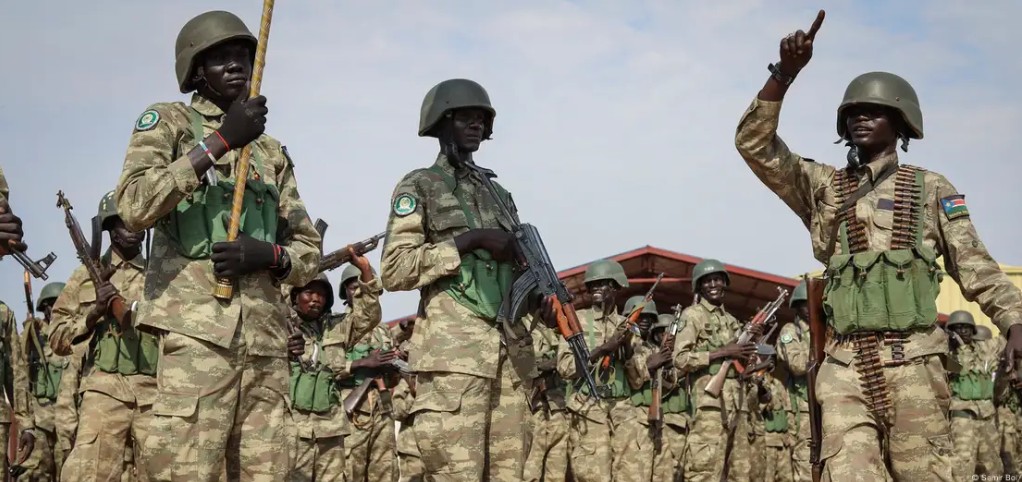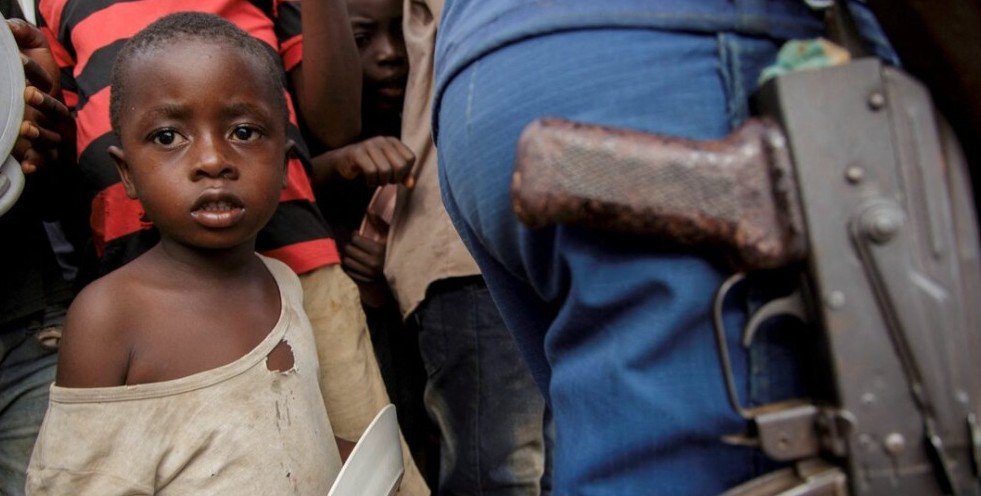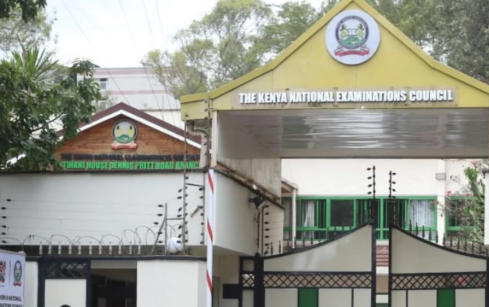Organised gangs from Nairobi slums tied to Gen Z protests, report warns of 2027 election risks
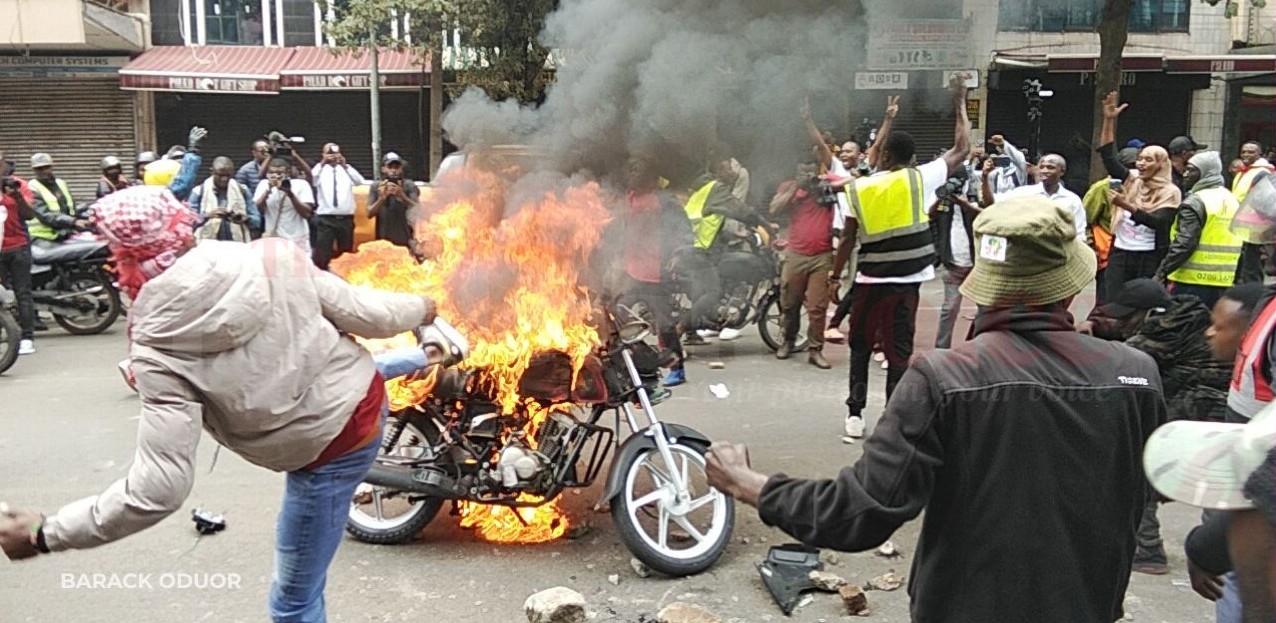
The report by Global Initiative Against Transnational Organised Crime links recent violent attacks on peaceful protestors to organised criminal gangs backed by the police.
A global organised crime research organisation has linked criminal gangs from Nairobi's slums to the violence witnessed during the Gen Z protests held last year and this year, warning that their involvement, courtesy of politicians and other unnamed individuals, paints a gloomy picture of violence in the country ahead of the 2027 general elections.
The Global Initiative Against Transnational Organised Crime (GI-TOC), in a report titled "Ghosts of Violence Past: Hired Gangs Unleashed on Demonstrators in Nairobi", links recent violent attacks on peaceful protestors to organised criminal gangs backed by the police.
More To Read
- Burial of slain hawker set for July 11 as calls for justice mount
- National Integrity Alliance demands CS Murkomen, IG Kanja’s resignation over police brutality and rights abuses
- Ex-Interior CS Matiang’i blames NIS for failing to detect hired goons in anti-government protests
- Why Opposition’s parallel tribunal aimed at tackling State injustice is within legal bounds -expert
- Post-mortem reveals two Emali protesters died from gunshot wounds
- Murkomen under fire for vowing not to cooperate with investigators after defending lethal police force
The report highlights incidents where individuals armed with whips and clubs were captured on camera attacking a peaceful march held to mark one year since the Gen Z uprising against punitive taxes, during which 60 people were killed.
According to the report, the same gangs were involved in a separate incident a week earlier, on June 18, where they were seen riding boda bodas and confronting demonstrators who were peacefully calling for the arrest and prosecution of a senior police officer accused of involvement in the death of 31-year-old teacher and political blogger Alfred Ojwang while in police custody.
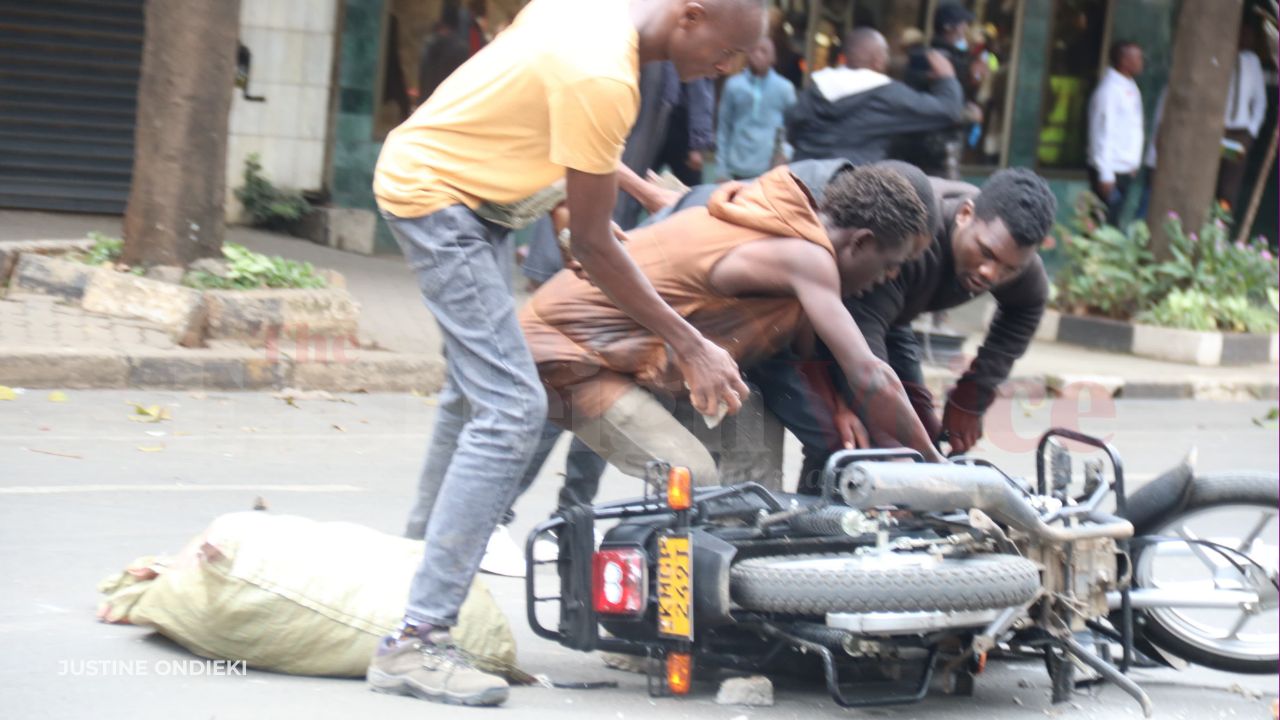 Protesters seize a motorcycle used by one of the alleged goons during protests in Nairobi CBD on June 17, 2025. (Photo: File/Justine Ojwang)
Protesters seize a motorcycle used by one of the alleged goons during protests in Nairobi CBD on June 17, 2025. (Photo: File/Justine Ojwang)
Organised anarchists
GI-TOC describes these groups not as random goons, but as anarchists organised and deployed to intimidate and disrupt.
"While the media has widely described them as 'hired goons', the attacks were in fact more organised and calculated: these were criminal gangs and hired militias, funded by senior politicians and other individuals. Interviews conducted in Nairobi identified most of the perpetrators as residents of Nairobi's low-income settlements: Kawangware (home to the Congo Boys), Kayole (base of the Gaza gang), Kware and Kibera (headquarters of the Kibera Battalion)," the document shows.
It further warns that behind these politically sponsored attacks looms the shadow of 2007/08 post-election violence, when 1,500 people were killed and 600,000 displaced in just a month as gangs and ethnic militias unleashed terror across the country.
Organised criminal gangs remain deeply entrenched in Kenya’s political landscape, often hired by politicians and their financiers to serve as private bodyguards, mobilise crowds, and disrupt rival campaigns.
These groups are also used to intimidate or eliminate opponents, rig elections, and carry out violence during and after polls.
"As the gangsters descended on the streets, the state immediately banned live broadcast coverage of the protests and switched off leading television stations. As well as assaulting and raping protesters, they torched and looted business premises in an attempt to portray the peaceful protestors who had filled the streets with leaves, twigs, miniature Kenyan flags and placards as destructive elements pursuing a political agenda. Eighteen people were reportedly killed, and hundreds of others were left seriously injured," the report says.
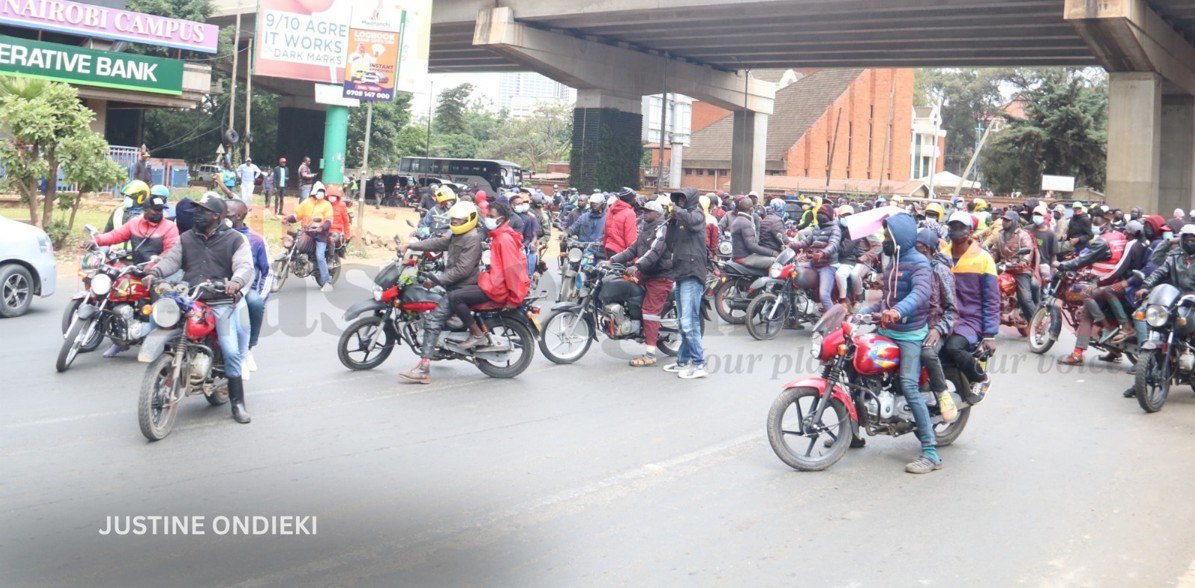 Goons on motorbikes clash with protesters in Nairobi on June 17, 2025. Rights groups have warned of a plot to use state-backed goons to disrupt the upcoming Gen Z memorial protest on June 25. (Photo: File/Justine Ondieki)
Goons on motorbikes clash with protesters in Nairobi on June 17, 2025. Rights groups have warned of a plot to use state-backed goons to disrupt the upcoming Gen Z memorial protest on June 25. (Photo: File/Justine Ondieki)
Instructions to destroy life, property
GI-TOC further says there were hundreds of Mungiki gangs during the Gen Z protests under instructions to destroy life and property.
"Gang leaders offered their members Sh2,000 each to participate, with 50 per cent paid upfront. They were also promised the opportunity to loot business premises. A member of the Gaza criminal gang interviewed in Nairobi said that gang leaders earned between Sh500,000 and Sh1 million, depending on the strength of the force, for leasing out their 'manpower'," the document states.
The state has seemingly set its eyes on the opposition, with Interior Cabinet Secretary Kipchumba Murkomen hinting that soon major arrests will be made for their alleged involvement in the chaos that happened during the protests, a claim that the opposition has denied and instead accused the state of being behind the violence.
Concerned Kenyans are now worried that with the police complicit in gang activities, criminal gang members feel protected and emboldened.
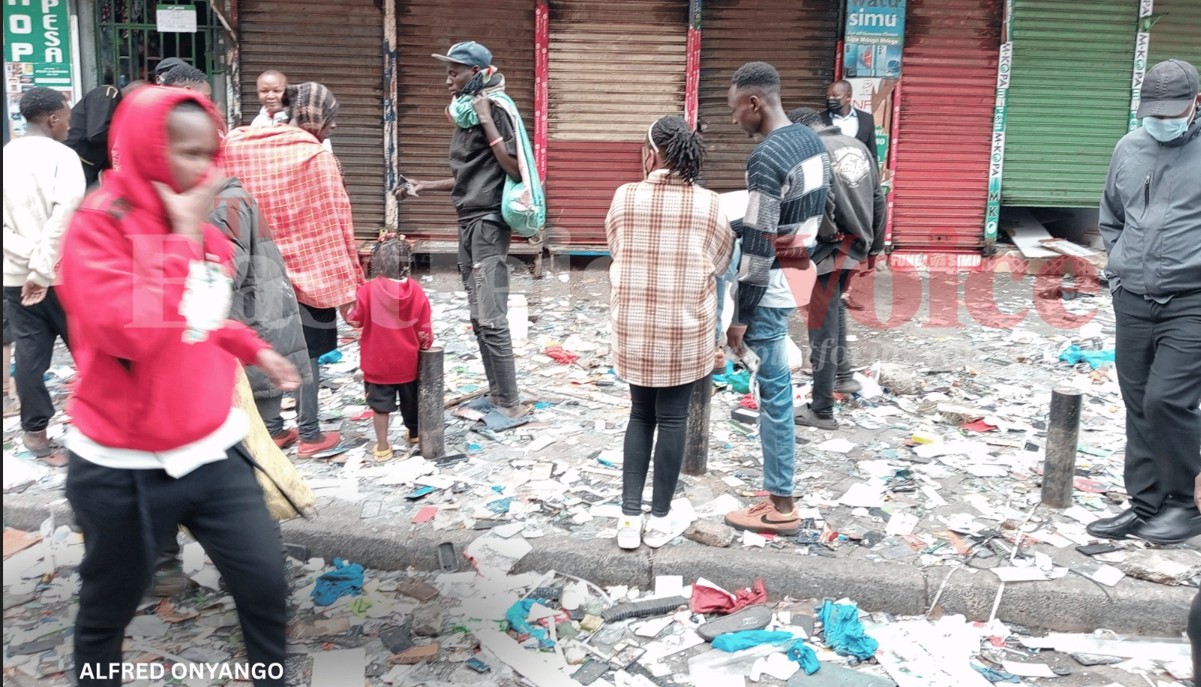 Traders assess the damage to their shops after widespread looting during the June 25, 2025 protests in Nairobi. (Photo: Alfred Onyango)
Traders assess the damage to their shops after widespread looting during the June 25, 2025 protests in Nairobi. (Photo: Alfred Onyango)
'Going the Haitian way'
"They now know that their activities can be risk-free. We are going the Haitian way; we have started with whips and clubs, and soon we'll equip them with guns," security analyst George Musamali warns in the report.
The findings mirror those of the preliminary findings of a state report that was based on a survey on the proliferation and resilience of criminal gangs in the country.
The report by the National Crime Research Centre (NCRC) warned that gangs have devised ways of survival and keeping themselves relevant until they are needed to conduct extortion, drug peddling and/or trafficking, robbery, and political violence, amongst other criminal activities.
The NCRC report mapped out a total of 309 criminal gangs in 11 counties, with the highest concentration being recorded in Mombasa (73), Nairobi (56), and Kilifi (47).
Notable gangs with extensive presence across the regions included Gaza/Gaza Family, 42 Brothers, Wakali Wao, Panga Boys, Chafu/Squad Chafu/Gang Chafu, and Mungiki.
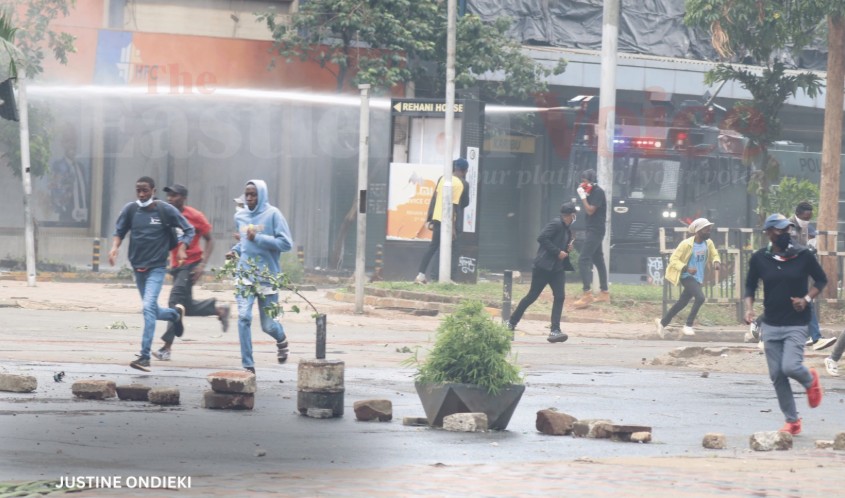 Protesters in Nairobi CBD run as police use water cannons to disperse them during the June 25, 2025 protests. (Photo: Justine Ondieki)
Protesters in Nairobi CBD run as police use water cannons to disperse them during the June 25, 2025 protests. (Photo: Justine Ondieki)
Nairobi's criminal gangs
The report, however, identified Nairobi's thriving criminal gangs to include: Gaza, Mungiki, Superpower, Kamangira, Usiku Sacco, Boggie Genje/Mbogi Genje, Chafua Chafua, Wakali Wao,42 brothers, Soweto, Siafu, Katombi, Buyu, Kosovo Sacco, Apana Tambua, Car Wash, 32 brothers, Kabreeze, Viroboto, Camp Jeshi, Casablanca, Eastlandos.
Others are Forbers,12 brothers, Reformist, Bidii Youth Group, Kunguni, Power Line, Nigerian, Waras, Riverside, Sowe sava, Eastlando, Patmore, Huku ni kwetu, Gang Chafu, Obarore, Lazio, Savannah, Kibera, Underwater, 4 brothers, Carrebian group, Gulliside, Mayouth, Morio, Boys, Mikuki, Mayonde, Chigororo, Wazaliwa, Guzu, Hakuna kutambua, Sitaki Kujua, Kambi Ravin, and Shakahola among others
Unfortunately, the same socio-economic challenges and governance failures that Gen Z protests have highlighted are also fueling the rise of criminal gangs. Young, unemployed men from marginalised communities—often struggling with substance abuse—are especially vulnerable to recruitment, driven by peer pressure, financial incentives, and the manipulation of social networks.
"The persistence of criminal gangs is further reinforced by unemployment, poverty, drug availability, political exploitation, and community tolerance. While various mitigation measures have been implemented, their effectiveness remains limited due to resource constraints, weak law enforcement-community collaboration, and political interference," the report says.
The report recommended the adoption of a multi-sectoral approach that combines youth empowerment, improved education and employment opportunities, community policing, and policies that disrupt the financial and political networks sustaining gang activities.
"Without comprehensive and sustained interventions, criminal gangs will continue to pose a significant threat to national security and social stability," warned NCRC.
Top Stories Today

